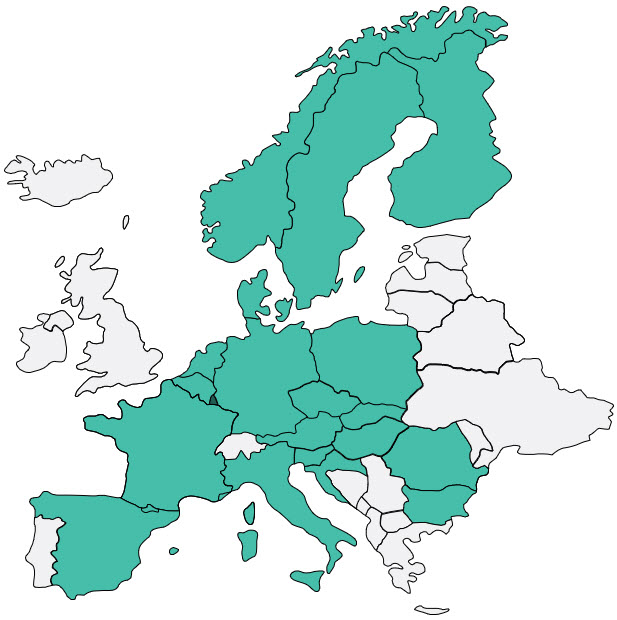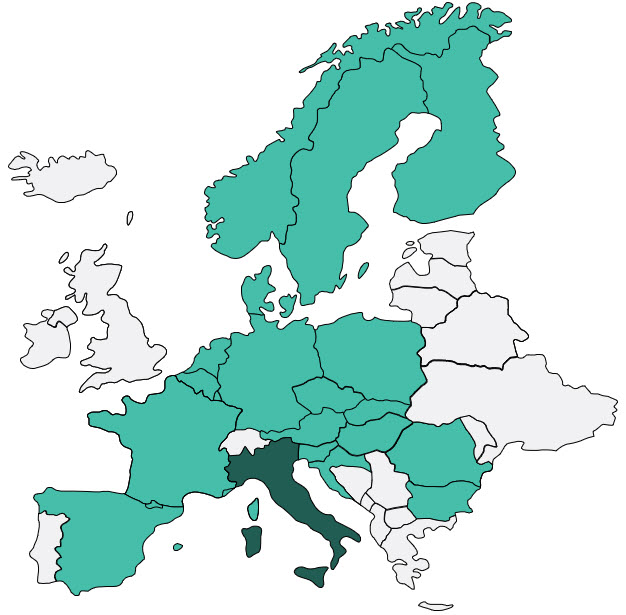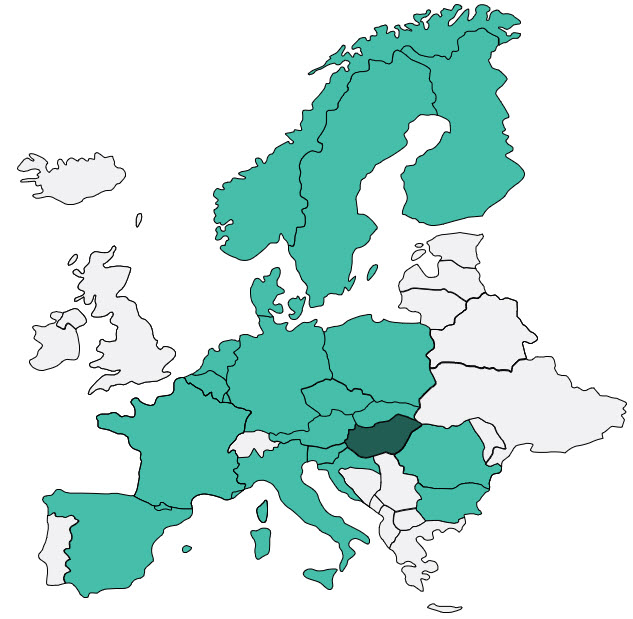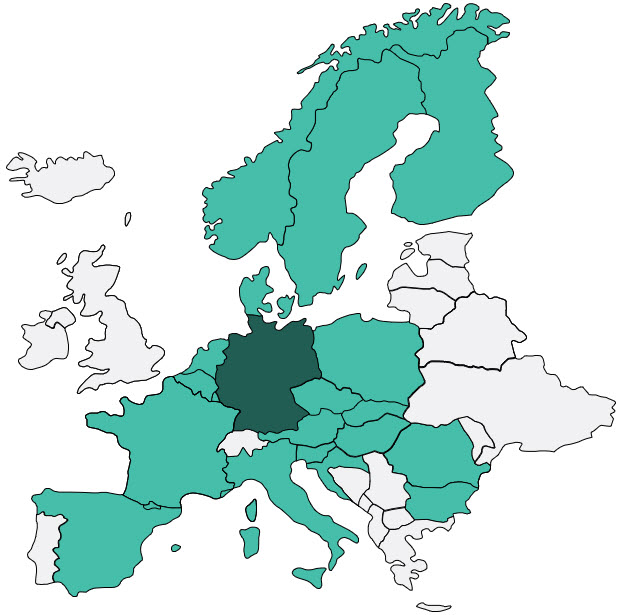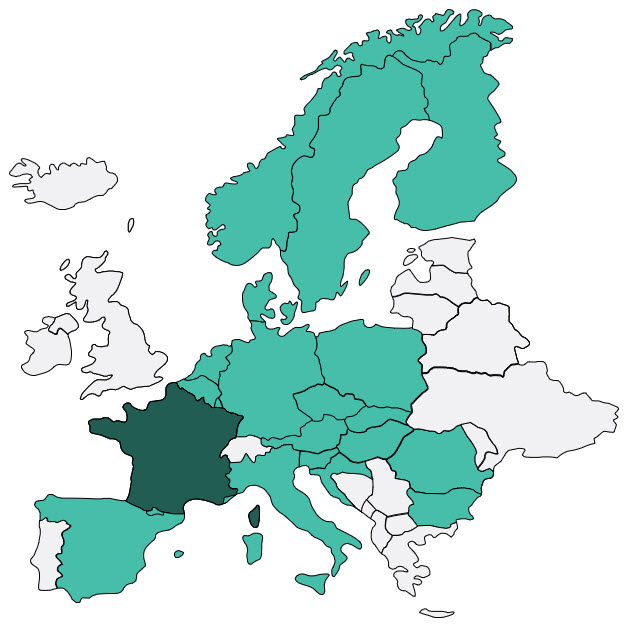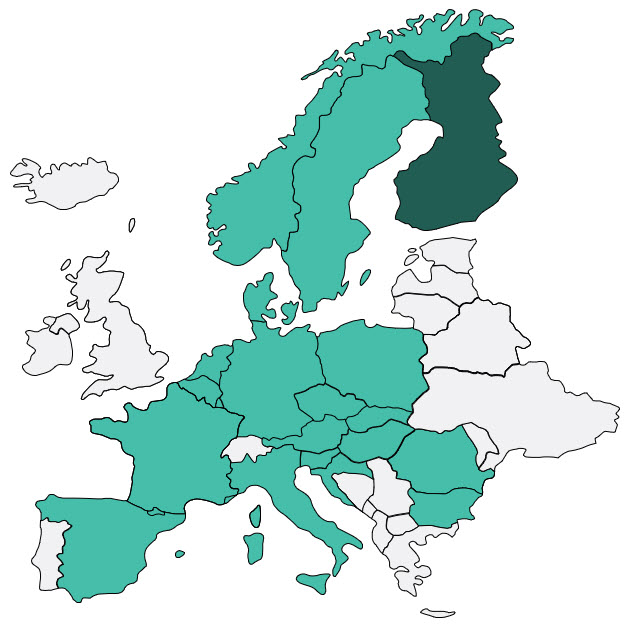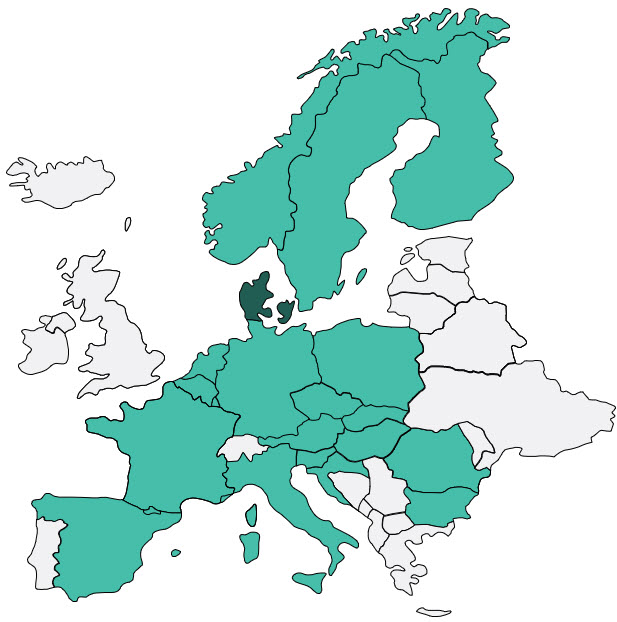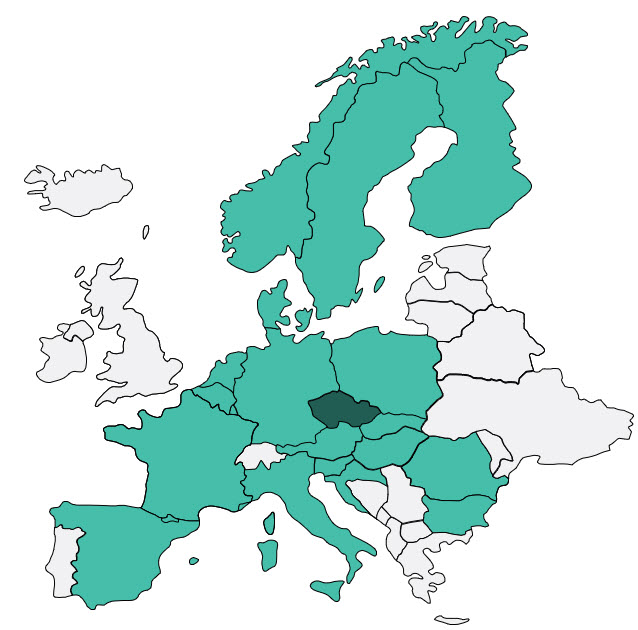Norway
Here is the list of banks in Norway that you can initiate payments or
retrieve data from using our Open Banking products:
- Høland og Setskog Sparebank
- Hønefoss Sparebank
- Indre Sogn Sparebank
- Jæren Sparebank
- Jernbanepersonalets Bank og Forsikring
- KLP Banken
- Komplett Bank
- Kvinesdal Sparebank
- Landkreditt Bank
- Larvikbanken
- Lillesands Sparebank
- LillestrømBanken
- Luster Sparebank
- Maritime & Merchant Bank
- Marker Sparebank
- Melhus Sparebank
- MyBank ASA
- Næringsbanken: Currently, no website available.
- Nidaros Sparebank
- Nordea Bank Ab (Publ), Filial I Norge
- Nordea Direct Bank
- Nordic Corporate Bank
- OBOS-Banken AS
- Odal Sparebank
- Ofoten Sparebank
- Oppdalsbanken
- Orkla Sparebank
- Ørland Sparebank
- Ørskog Sparebank
- Oslofilialen Norsk Avdeling Av Utenlandsk Foretak: Currently, no website available.
- Østre Agder Sparebank
- Pareto Bank
- Rindal Sparebank
- Revolut
- RomsdalsBanken: Currently, no website available.
- RørosBanken
- Sandnes Sparebank
- Santander Consumer Bank
- Sbanken
- Selbu Sparebank
- Skagerrak Sparebank
- Skandinaviska Enskilda Banken Ab (SEB)
- Skudenes & Aakra Sparebank
- Skue Sparebank
- Søgne og Greipstad Sparebank
- Soknedal Sparebank
- SpareBank 1 BV
- SpareBank 1 Gudbrandsdal
- SpareBank 1 Hallingdal Valdres
- SpareBank 1 Lom og Skjåk
- SpareBank 1 Modum
- SpareBank 1 Nord-Norge
- SpareBank 1 Nordvest
- SpareBank 1 Østfold Akershus
- SpareBank 1 Østlandet
- SpareBank 1 Ringerike Hadeland
- SpareBank 1 SMN
- SpareBank 1 Søre Sunnmøre
- SpareBank 1 SR-Bank
- SpareBank 1 Telemark
- Sparebank 68° Nord
- Sparebanken DIN
- Sparebanken Møre
- Sparebanken Narvik
- Sparebanken Øst
- Sparebanken Sogn og Fjordane
- Sparebanken Sør
- Spareskillingsbanken
- Stadsbygd Sparebank
- Storebrand Bank
- Strømmen Sparebank
- Sunndal Sparebank
- Surnadal Sparebank
- Swedbank Norway
- Tinn Sparebank
- Tolga-Os Sparebank
- Totens Sparebank
- Trøgstad Sparebank
- Tysnes Sparebank
- Valdres Sparebank
- Valle Sparebank
- Vekselsbanken
- Vik Sparebank
- Voss Sparebank


